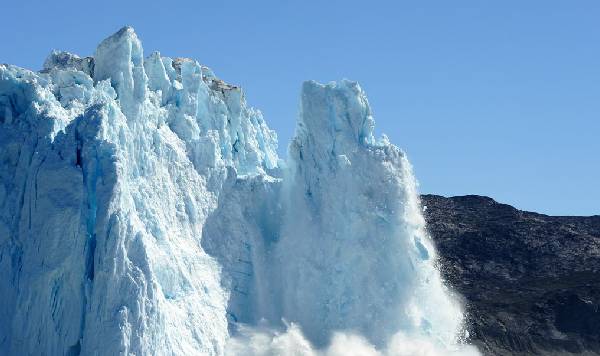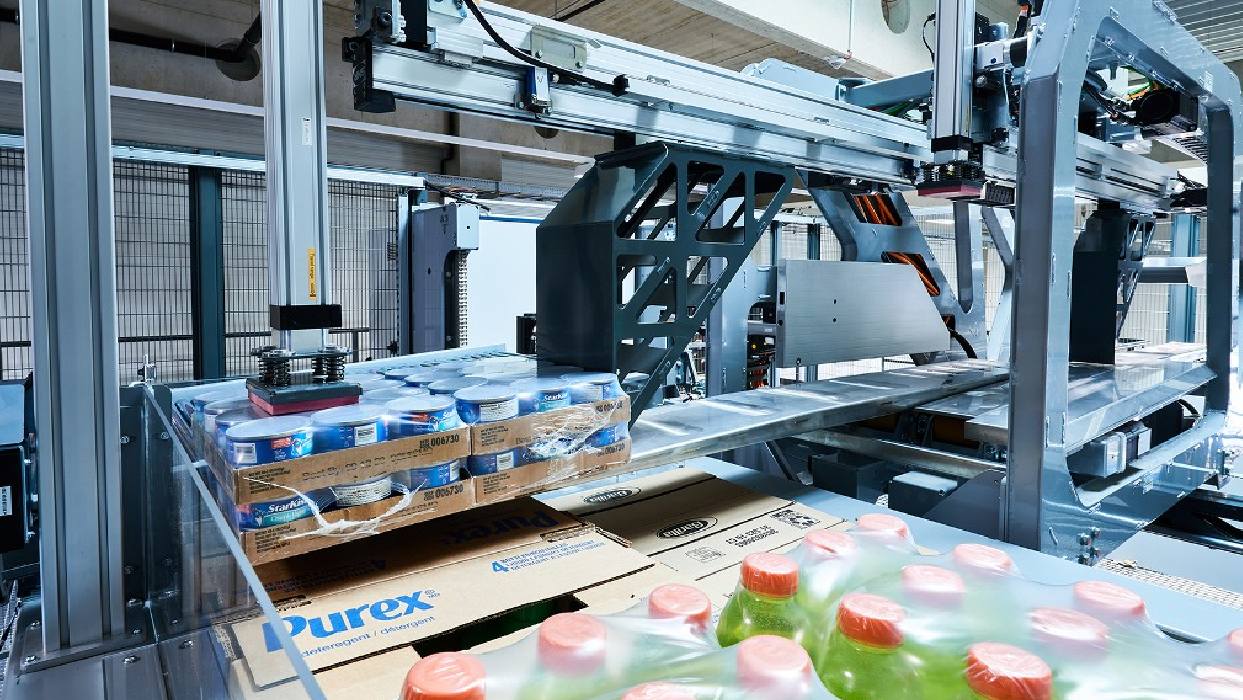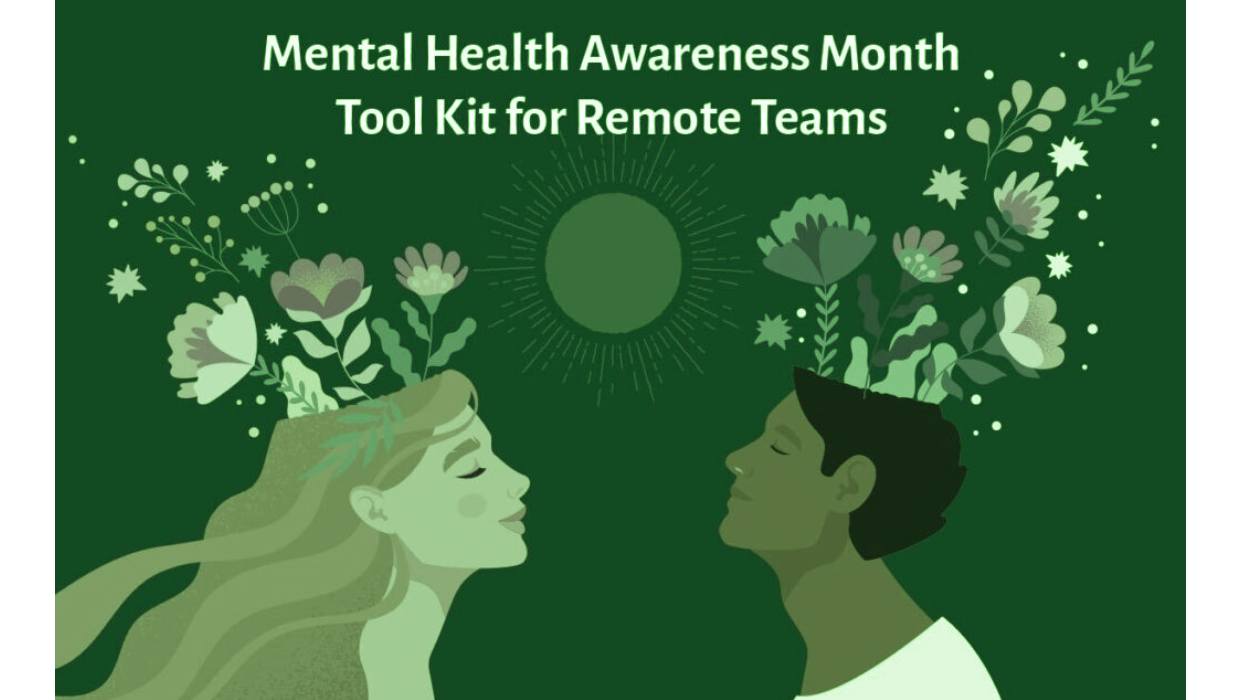Setting the Scene: The Alarming Rate of Ice Loss
In recent years, glaciologists have increasingly sounded alarms about the rapid decline of glaciers around the world. These colossal rivers of ice took thousands of years to form. They are disappearing at an alarming rate. Some estimates suggest the loss of over 30 billion tons of glacial ice per year. Such losses are not merely local phenomena; they carry significant implications for global sea levels and climate stability. We explore the factors behind this crisis. Its ramifications become evident. The health of this glacier is closely linked to the well-being of the planet.
The Global Impact: What 30 Billion Tons of Ice Means for Sea Levels and Climate
The staggering figure of 30 billion tons of ice leads to rising sea levels. Projections suggest a global sea-level rise of up to 1 meter. This rise could occur by the end of the century if current trends continue. This may seem abstract. However, the consequences would be dire. Millions of people living in coastal regions could face inundation. There could be increased flooding and loss of habitable land. Furthermore, glaciers play a critical role in regulating the Earth’s climate. They reflect sunlight back into space. They also store fresh water. As these ice masses melt, they contribute to rising oceans. They also increase the absorption of sunlight. This absorption accelerates global warming, creating a feedback loop that exacerbates the crisis.
The Science Behind the Meltdown
Understanding Glacier Dynamics: How and Why Glaciers Melt
Glaciers are complex systems that respond to climatic changes over short and long-term timescales. Melting occurs due to a combination of rising air temperatures, changes in precipitation patterns, and the warming of ocean waters. Glaciers are particularly sensitive to temperature fluctuations. When the balance between accumulation and ablation (the loss of ice) is disrupted, they begin to shrink.
The Role of Climate Change: The Accelerating Pace of Ice Loss
Research from organizations like NASA and the European Space Agency shows accelerated melting rates. These rates can be traced directly to human-induced climate change. Rising greenhouse gas emissions have led to warmer global temperatures, creating conditions where glaciers cannot maintain their size. Historical data highlights a concerning trend. Glaciers around the world retreat faster today than they have in the past century.
Scientific Projections: What Will Happen if the Glacier Continues to Shrink?
If current melting trends continue, scientists project that many glaciers could disappear entirely within the next few decades. This scenario would lead to rising sea levels. It would also cause changes in freshwater availability for regions that depend on meltwater for drinking and irrigation. Understanding these projections is vital for communities and nations that rely on glaciers for their water supply and economic stability.
Ground Zero: Life at the Glacier’s Edge
On the Frontlines: The Communities Living in the Glacier’s Shadow
Communities residing near glaciers are often the first to experience the repercussions of ice loss. Farmer families, mainly in regions like the Andes and the Himalayas, rely on glacial meltwater for crop irrigation. As glaciers shrink, water availability becomes unpredictable, leading to adverse impacts on agriculture and food security.
Environmental Fallout: How the Melting Glacier is Changing Local Ecosystems
The consequences of glacier melt extend beyond human populations. Local ecosystems, including flora and fauna adapted to specific temperature and moisture conditions, face disruptions. As glaciers retreat, previously frozen environments may open up to invasive species, disrupting the delicate balance of these ecosystems and leading to unforeseen biodiversity losses.
Human Impact: The Socioeconomic Effects on Nearby Populations
Socioeconomic implications are significant. As local economies depend on agriculture and tourism linked to glacial environments, reduced ice mass presents serious challenges. Increased flooding from glacial melt can lead to costly infrastructure damage, while losses in tourism revenue can ripple throughout local economies, affecting livelihoods and hampering development.
The Global Response: Efforts to Save the Glacier
International Climate Agreements: Can Global Policies Make a Difference?
Governments and organizations around the globe are beginning to recognize the urgency of the glacier crisis. International climate agreements like the Paris Agreement are platforms for nations to collaborate. They aim to limit global warming and mitigate glacier melt. However, the effectiveness of these agreements hinges on actionable commitments and global cooperation.
Cutting-Edge Research: The Scientists Studying Glacier Preservation
Scientific research is central to understanding and combating glacier loss. International glaciology teams use advanced monitoring tools. These tools include satellite imagery and ground-based sensors. They help to understand melting patterns and predict future changes. Their findings are instrumental in shaping effective conservation strategies.
Technological Innovations: New Tools and Techniques to Slow the Meltdown
Innovation in technology is also playing a role in addressing glacier loss. Researchers are exploring techniques such as cloud seeding to increase precipitation and utilizing geoengineering methods to reflect sunlight away from sensitive areas. These are still in experimental phases but could hold potential for mitigating some effects of climate change.
The Challenges Ahead
The Political Hurdles: Navigating Global Disagreements on Climate Action
Despite international recognition of the glacier crisis, political hurdles persist. Diverging interests among nations often lead to stalled negotiations, which can undermine potential solutions. The lack of unified global action can dilute efforts to address the root causes of climate change effectively.
Financial Barriers: The High Cost of Saving a Glacier
Financing climate action is a significant barrier. Transitioning to sustainable practices and supporting vulnerable communities require substantial investment, which is often lacking, particularly in developing countries that are most affected by glacier retreat. Mobilizing financial resources for climate adaptation strategies is crucial for effective responses.
The Time Factor: Why Immediate Action is Crucial
Time is of the essence. The longer the global community delays action, the more severe the consequences will be. As glaciers melt faster, the engendering of systemic crises becomes more likely, requiring increasingly drastic measures to adapt to the changes occurring on our planet.
What Lies Ahead: The Future of the Glacier
Best-Case Scenarios: What Success Could Look Like
If global cooperation can be achieved, and sustainable practices adopted widely, there is potential for improving current trajectories. Protecting and restoring glacier environments could lead to stabilizing ecosystems, preserving freshwater supplies, and limiting sea-level rise. A concerted effort could result in glacial regions being maintained as crucial buffers against climate change.
The Cost of Inaction: Potential Catastrophic Outcomes
Conversely, the cost of inaction is dire. Without substantial efforts to curb greenhouse gas emissions and support vulnerable communities, the cascading effects of glacier loss could devastate lives and economies globally. The grim reality of more frequent natural disasters, uninhabitable regions, and widespread biodiversity loss looms if we fail to act.
A Call to Action: How the World Can Help Turn the Tide
Every individual can play a role in addressing climate change and its impacts on glaciers. Collective action can take many forms, from supporting sustainable policies and practices to embracing lifestyle changes that reduce our carbon footprint. Advocacy for strong international climate agreements and supporting scientific research are essential pathways for mitigating glacier loss.
The time to act is now. By acknowledging the urgency of this crisis, protecting the glaciers can become part of a broader commitment to caring for our planet. Together, we can influence the trajectory of our climate, safeguard vital ecosystems, and ensure a sustainable future for generations to come. The fate of the glaciers—and indeed, our planet—hangs in the balance.











Leave a Reply